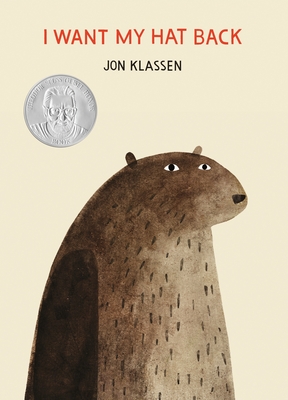Hey Folks in the Smoke,
The latest tale from Giles Andreae (of Purple Ronnie fame) revolves around (drumroll, please) the brave, the clever and the only-six-years-old Sir Scallywag, the most loyal and gallant knight, in a rather rambunctious and untidy court.
King Colin of England, whose land sports a y-front emblazoned flag, is obsessed with underpants; more precisely, his golden underpants. So much so that when an evil giant creeps into his bedchamber and steals them, Colin doesn't reach for a lesser pair of pants. Instead he wanders around traumatised, merely clutching his robe. The robe allows the bare essentials to be covered, but also allows Korky Paul to cheekily, and essentially, bare the hairy, royal derriere.

Sir Scallywag is summoned and charged with hunting down the giant and retrieving the royal drawers. He and his trusty steed, Doofus, scour the land but to no avail. They are returning home in ignominy when they encounter the fiend, underpants atop helmet and riding on a gigantic horse heading for the castle. He has the pants and now he wants the kingdom. The fate of the nation rests on Sir Scallywag's narrow shoulders. As he faces the charge of the monstrous enemy he is panicked, but his quick wit, some nimble acrobatics and his over-sized lance allow him to save the underpants and the day. Huzzah!
Paul's riotous illustrations (very Ronald Searle), in a rich palette of blues, golds and reds, are rendered in line drawing and water colours and suit the story and cast of characters beautifully. I especially loved the details - the queen's wandering eyes, books, ornaments, creepy lizards and knowing birds. There are two spreads in a portrait aspect instead of landscape, so there's the added fun of turning the book and enjoying a tall scene full of drama and the castle's edifice, too.
Andreae's text, with it's lovely rhythm and rhyme, carries the reader along on this medieval David and Goliath jaunt. Its glee in its own silliness and much-talked-of backsides is infectious.
This is a story of pint-sized knights, a ramshackle castle and metal pants that's bursting with courage-inspiring fun - it shows how tiny but brave can defeat huge and uncouth.
Thanks for reading,
LJ








